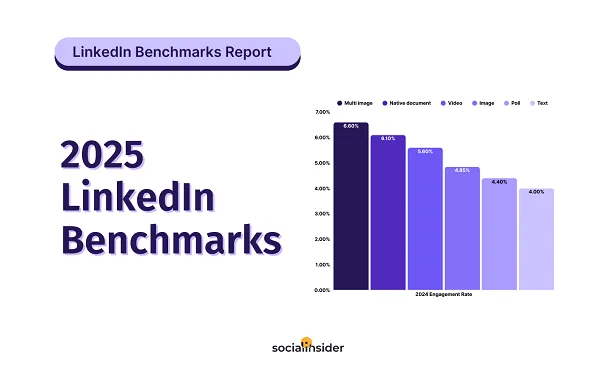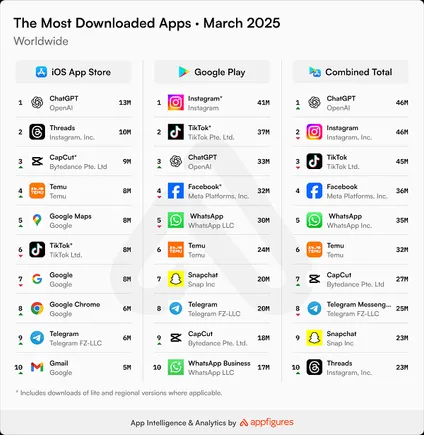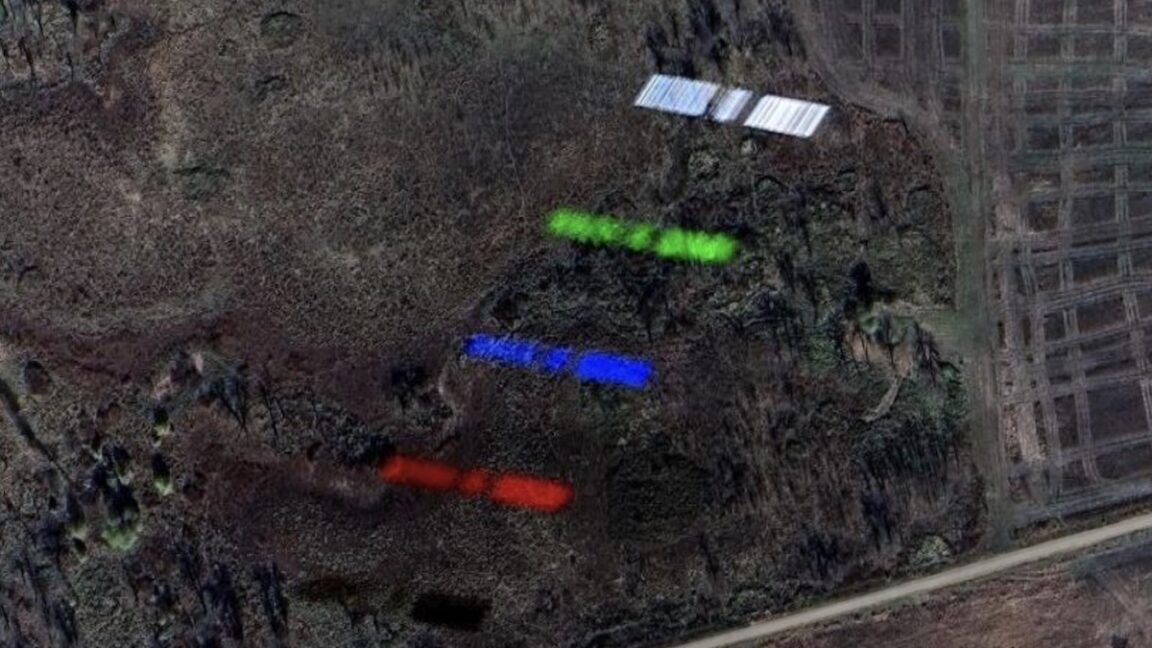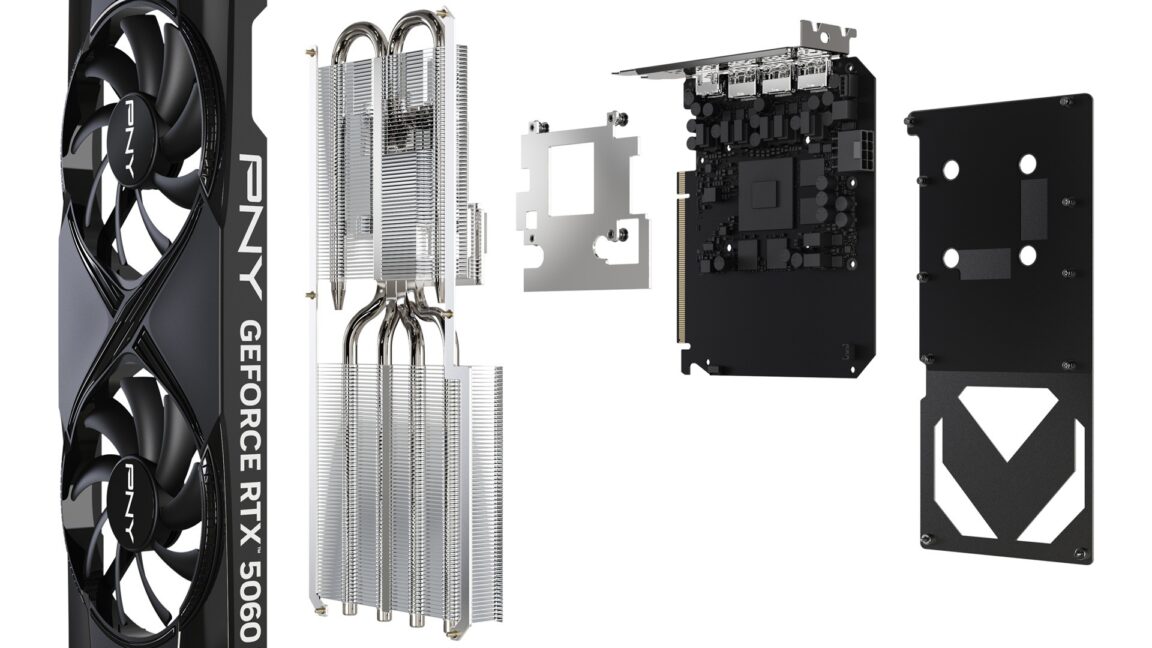AI company Hugging Face buys humanoid robot company Pollen Robotics
The purchase will see Hugging Face, best known for open-source AI models, selling hardware for the first time

AI company Hugging Face is taking a big leap into robotics with the acquisition of humanoid robotics startup Pollen Robotics.
The financial terms were not disclosed, but Pollen’s co-founders, Matthieu Lapeyre and Pierre Rouanet, and approximately 20 Pollen employees will be joining Hugging Face.
Pollen, which was founded in 2016 and is based in the French city of Bordeaux, had raised €2.5 million (about $2.8 million) in venture capital funding to date.
The move will see Hugging Face selling Pollen’s $70,000 humanoid robot Reachy 2, which is designed for academic research, education, and testing “embodied AI” applications. The robot is currently used by robotics researchers at Cornell University and Carnegie Mellon University, among others. Hugging Face had previously collaborated with Pollen on open source for Reachy 2.
Pollen’s robots are designed to run open-source software, including freely-available AI models, as well as to allow users to potentially modify the physical design of the robot.
Hugging Face, which is best known for running a large repository of open-source and “open-weight” AI models, has increasingly moved into robotics in the past year. “Robotics is going to be the next frontier that AI will unlock,” Thomas Wolf, Hugging Face’s co-founder and chief scientist, told Fortune.
He said new AI “world models” were contributing to rapid progress in robotics and that having AI embodied in devices like robots might also help solve remaining challenges to achieving human-like artificial general intelligence.
Open-source plans
Wolf said he wanted robots to be open source—which is one of the reasons Pollen was an attractive acquisition. He said robots, especially humanoid robots, should be controlled by open-source AI models because safety and security were essential with a system that can take physical actions in the world.
He said that open-source software has proven over time to be more secure than proprietary software because more people can scrutinize the code for security vulnerabilities and work to patch them. For example, he pointed out that recently security researchers had found that Unitree, a fast-growing Chinese robotics company, had left a “backdoor” security vulnerability in the open-source software for its robot dog, GO1, that could allow anyone to turn the robot into a surveillance device.
Wolf also said that while Pollen’s current Reachy2 humanoid robot model remains relatively expensive, Hugging Face wants to drive the cost down significantly.
Eventually, Hugging Face would like to open-source the hardware completely, allowing anyone to download the blueprints for the physical design of the robot and possibly even use 3-D printers to manufacture their own parts, Wolf said.
Acquisition streak
The company has been moving into robotics software over the past year—but the Pollen acquisition marks Hugging Face’s first step into selling hardware.
In March 2024, Hugging Face hired Remi Cadene, a former researcher on Tesla’s Optimus humanoid robot project, and in May launched “LeRobot,” an open source robotics code library. In October, LeRobot partnered with The Robot Studio, another French robotics company, to debut the SO-100 arm, which is a highly-capable robot arm that only costs $100. Then in March 2025, Nvidia chose Hugging Face as its preferred platform for hosting its GR00T N1 open-source AI model for humanoid robots. Nvidia CEO Jensen Huang has also posited that robotics is the key to future AI advances.
Wolf predicted that the first uses of humanoid robots would not be to replace human workers, but rather to “interact in a fun and interesting way” with the public. He said that simple robot arms, if they could be made cheap enough, might be useful as household robots to do tasks such as folding clothes.
This story was originally featured on Fortune.com

























































































































































































![How to Find Low-Competition Keywords with Semrush [Super Easy]](https://static.semrush.com/blog/uploads/media/73/62/7362f16fb9e460b6d58ccc09b4a048b6/how-to-find-low-competition-keywords-sm.png)



